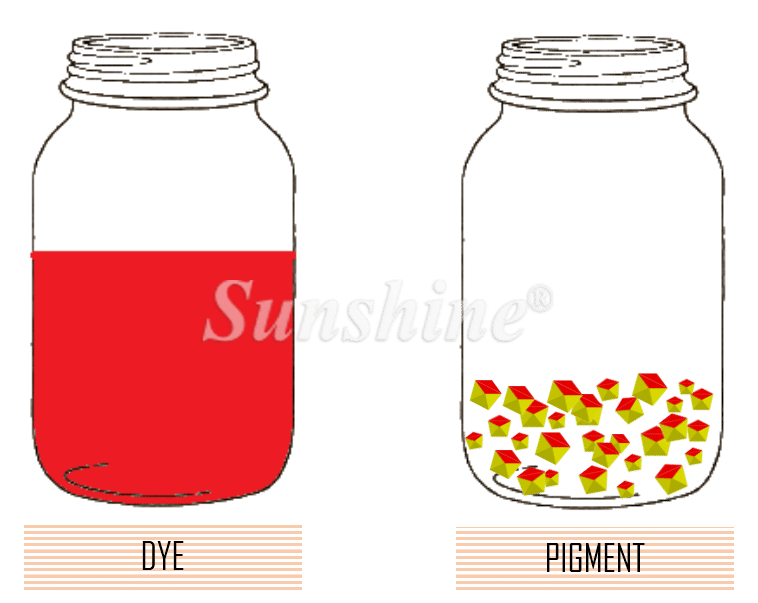WHAT IS THE DIFFERENCE BETWEEN DYE TINTED WINDOW FILMS AND PIGMENT TINTED WINDOW FILMS?
People tend to be confused about dyes and pigments in general. Dye tinted window films have been in the market for a long time and people are well aware about them especially if you’ve been in the industry for awhile and you’re familiar with majority of the terms. Recently, pigment tinted window films were introduced and many people do not know about the difference. Which one is better? Are they similar in any form at all? We are here to explain further so that it might help you in your decision making when purchasing tinted window films for your car tinted, house or office window tints.
WHAT ARE DYES AND PIGMENTS?
To start of, what are dyes and pigments? Dyes and pigments are substances that impart colour to an object or material. The main difference between dyes and pigments is the particle size. Dyes are much finer than pigments so hence dyes can be affected by UV whereas pigments are more stable when it comes to UV exposure. This means UV rays cannot break down pigments.
WHAT ARE THE DIFFERENCE BETWEEN THE TWO?
DYES
Dyes are soluble in many liquids. An example would be like food colouring or sugar and water. If you leave sugar in the water, the sugar will eventually dissolve into the water. Dyes dissolve in solvents to stick to fabrics and materials.
PIGMENTS
Pigments are insoluble in water and most solvents. An example would be carbon or mud. If you mix mud in water, it will not dissolve into the water. It will settle below the surface. It consist of ground colouring matter suspended in liquid which forms a paint film that actually bonds to the surface it is applied to. The resistance is higher and the size is larger than dyes and it can be seen under a microscope. Pigments are mostly more of a ground substance (salt and mineral (ion) based.
HOW DOES THIS DETERMINE THE PERFORMANCE OF DYE AND PIGMENT TINTED WINDOW FILMS?
Due to its features of how it is made, dye tinted window films will deteriorate over time as the UV rays from sunlight will break down the electronic bonding in the molecules which cause the tinted film’s colour to fade. It will also affect the features of the tinted film itself. Eg: Dye tinted window film promises 30% VLT but due to exposure to UV rays, it will not be the same as time passes. Same goes for the tint performance. If it promises 80% IR rejection and 60% TSER, it will not be the same case under constant UV exposure. This does not apply to pigment films. Pigment tinted window films cannot fade, change colour nor will it affect the film features and performance.
Here is a clearer table to help you understand further on the difference:
To summarise, dyed tinted window films and pigment tinted window films do look the same in our eyes but the difference is a lot. Cost wise, dyed tinted window film prices are similar to pigment films and the technology used to produce pigment films called nano coating technology requires a higher production cost. Hence, the decision is pretty much obvious. Why pay the same price on dyed films where you can get better performing window films that cost similar!







